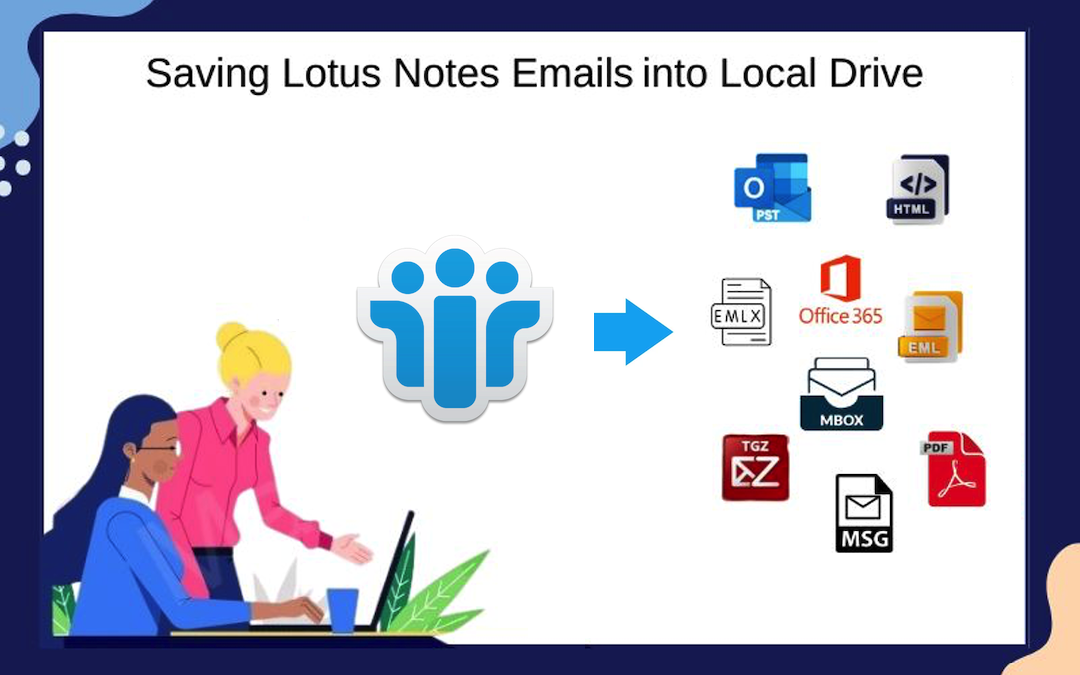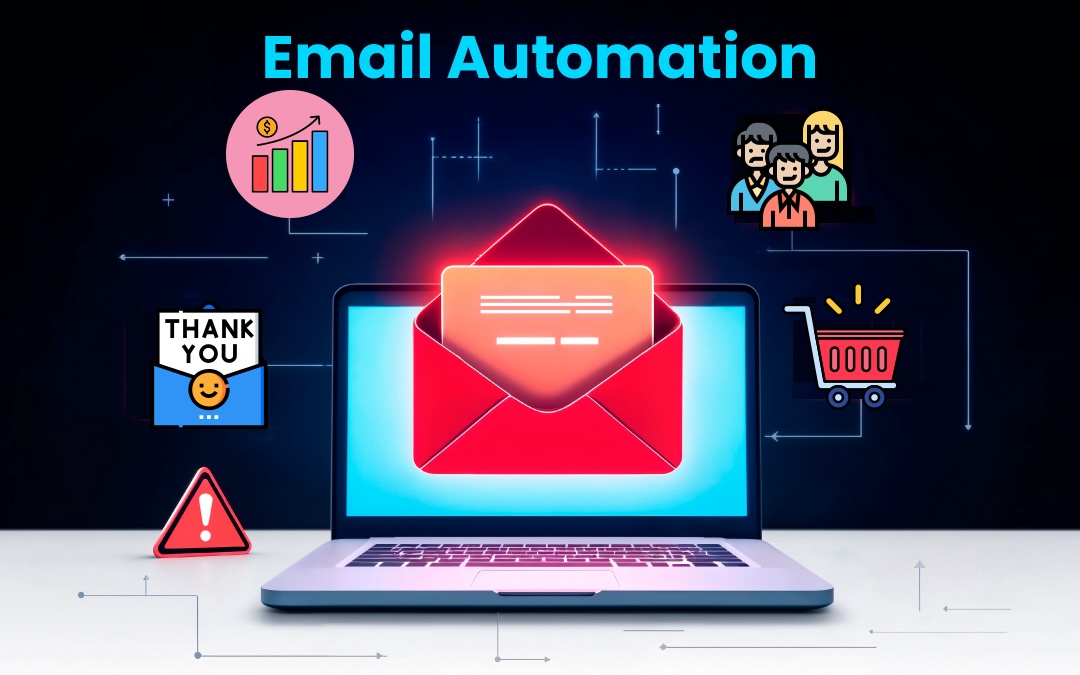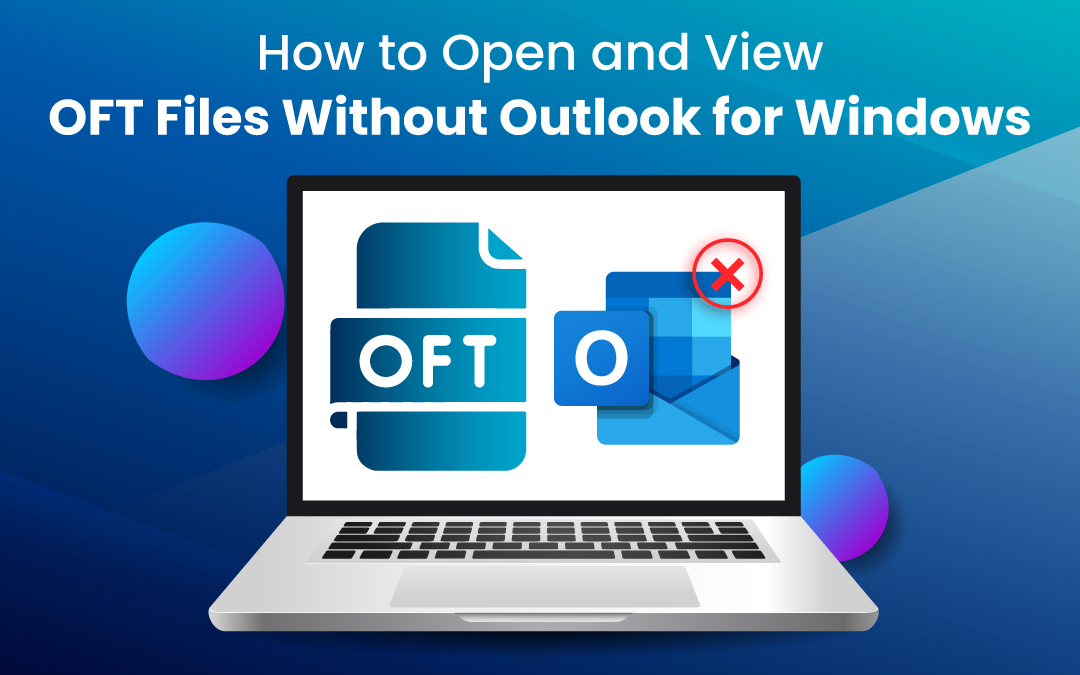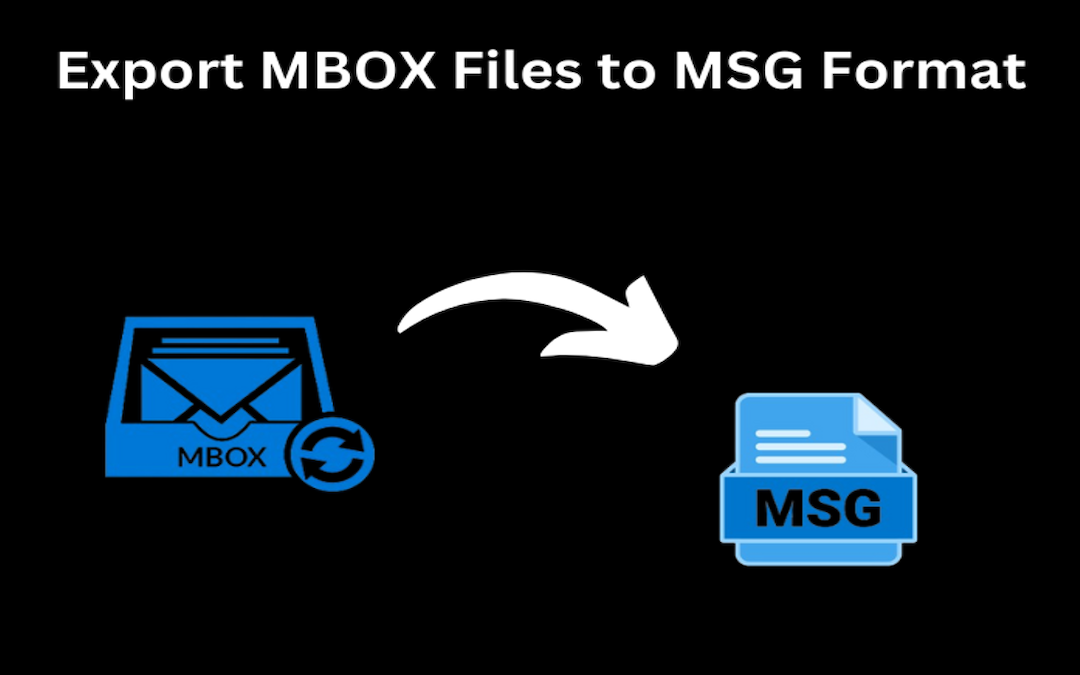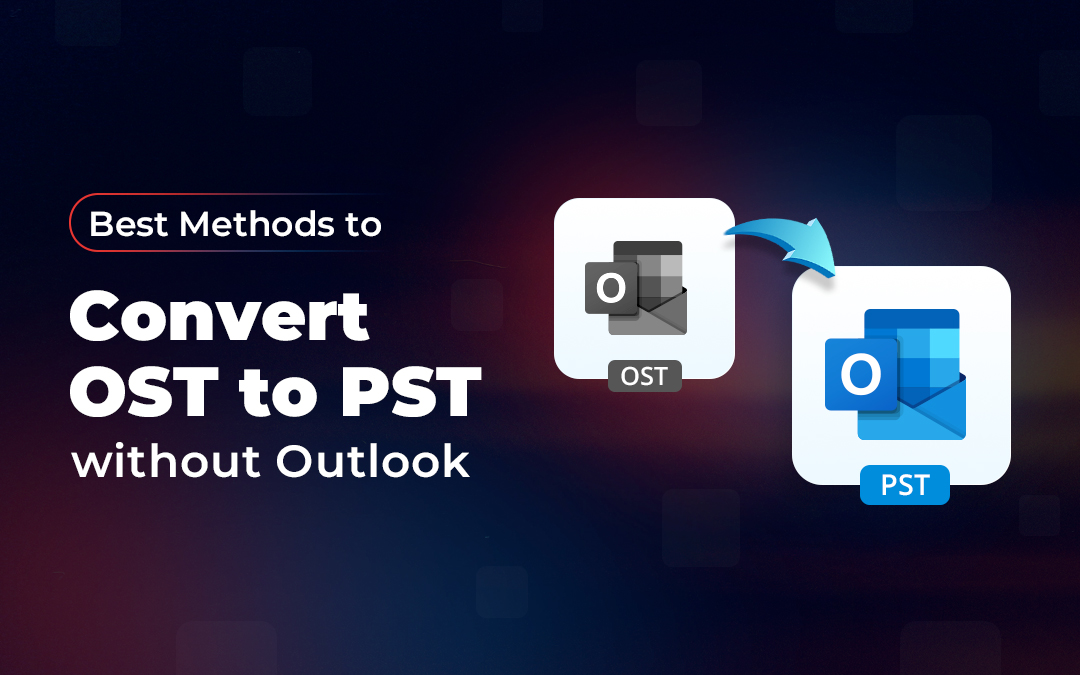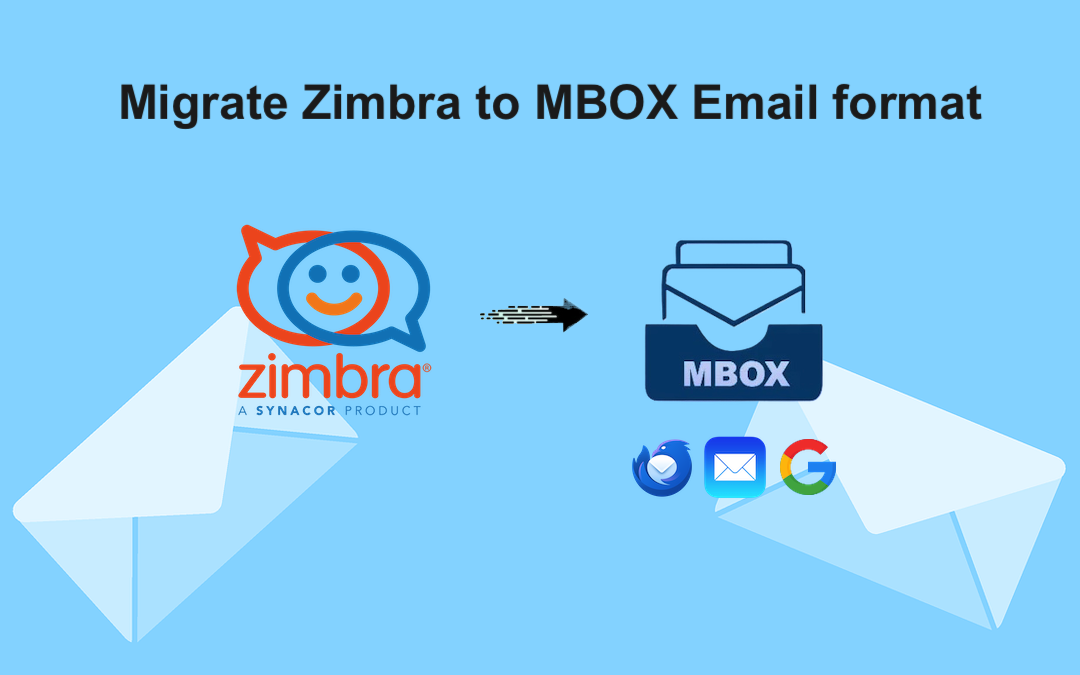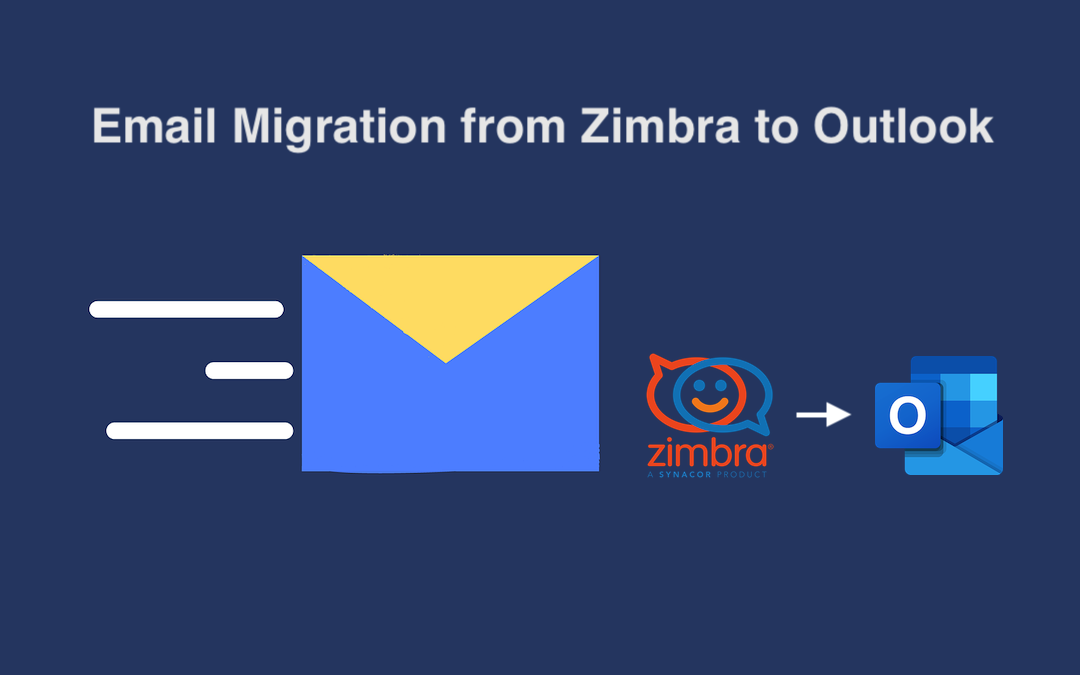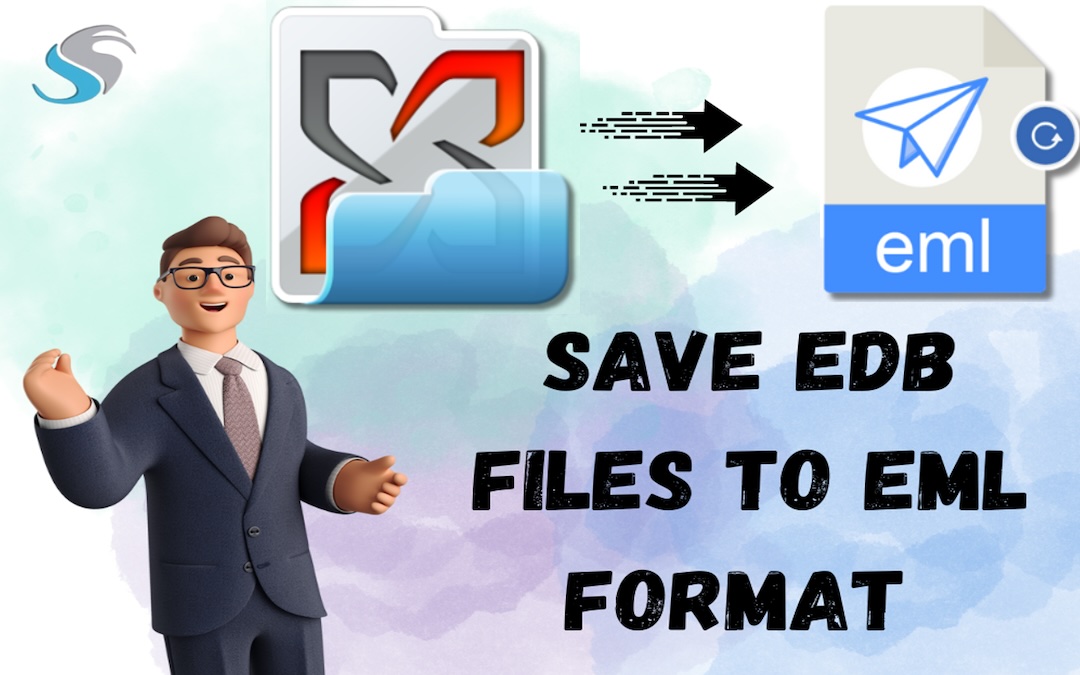
Do you feel restricted while choosing a proper email marketing platform for your business? Choosing the right platform is quite a challenge because there are so many options to meet the goals and needs. The choice of a suitable platform, whether a new company or an already established brand, is decisive for customer relations, conversion rates, and stability. It will also make the campaign creation much easier, yield more relevant data concerning informative insights, and save time. Here are the different ways that are important in this decision-making process.

